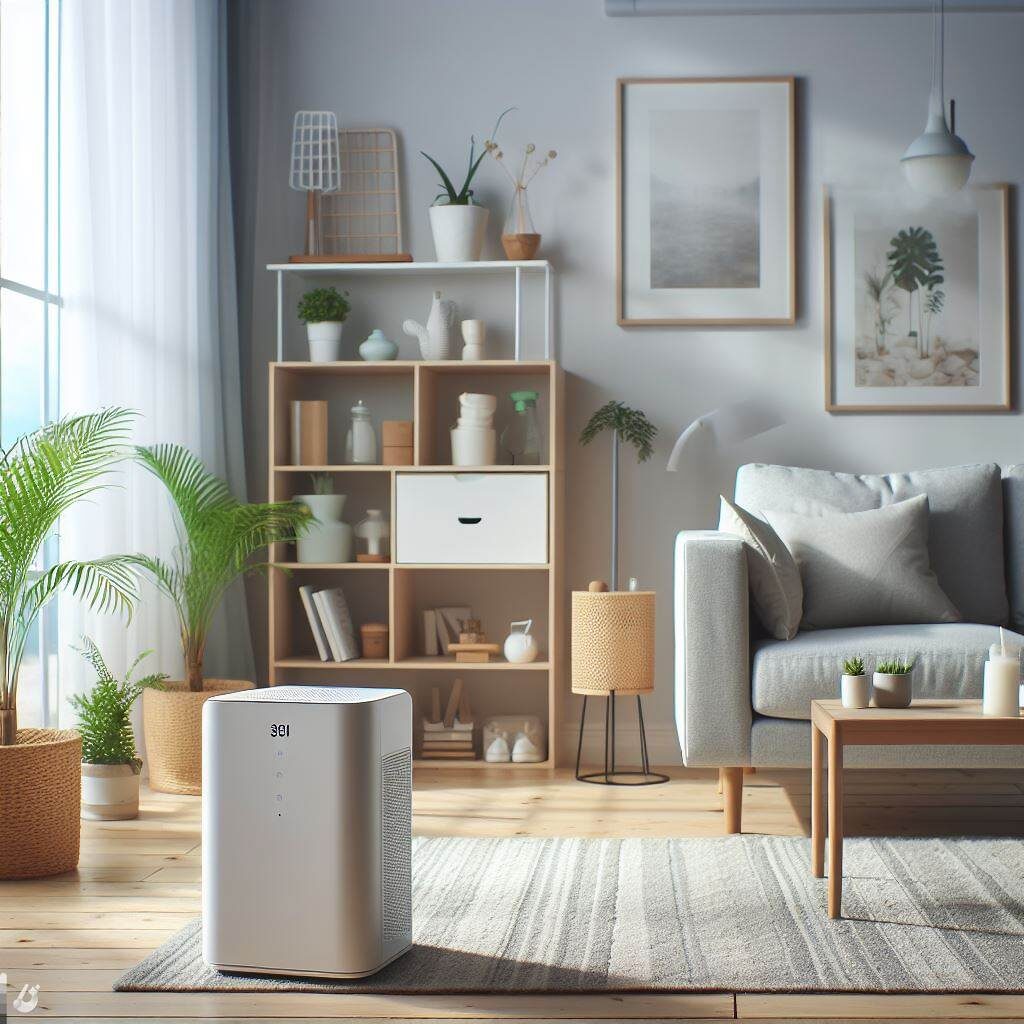In our quest for a clean and healthy home, we often focus on visible dirt and clutter. However, indoor air quality can be equally important for our well-being. Household toxins and pollutants can lurk in the air we breathe, impacting our health over time. In this blog, we’ll explore some straightforward methods to reduce household toxins, including the use of air purifiers, and create a safer, cleaner environment for you and your family.
- Improve Ventilation
One of the simplest ways to reduce indoor air pollutants is to increase ventilation. Open windows and doors when weather permits to allow fresh air to circulate and flush out indoor pollutants. Use exhaust fans in kitchens and bathrooms to remove cooking fumes and moisture, which can contribute to mold growth. - Eliminate Tobacco Smoke
If anyone in your household smokes, encourage them to do so outdoors. Tobacco smoke contains numerous harmful chemicals that can linger in indoor air and pose serious health risks, especially for children and pets. - Avoid Harsh Cleaning Products
Many conventional cleaning products contain harsh chemicals that can release harmful fumes into the air. Opt for natural, eco-friendly cleaning alternatives such as vinegar, baking soda, and essential oils. These are effective for cleaning and disinfecting without compromising indoor air quality. - Use Houseplants
Certain houseplants can help purify indoor air by absorbing pollutants and releasing oxygen. Consider adding plants like peace lilies, spider plants, or snake plants to your home to improve air quality naturally. - Control Humidity Levels
Maintaining optimal humidity levels (around 30-50%) can help prevent mold growth and reduce the spread of allergens. Use dehumidifiers in damp areas like basements or crawl spaces and fix any leaks promptly to prevent moisture buildup. - Avoid Synthetic Fragrances
Many air fresheners and scented candles contain synthetic fragrances that emit volatile organic compounds (VOCs) into the air. Opt for fragrance-free or naturally scented alternatives to reduce indoor air pollution. - Regularly Replace HVAC Filters
Change the filters in your heating, ventilation, and air conditioning (HVAC) system regularly to prevent dust, pollen, and other airborne particles from circulating indoors. This simple maintenance task can significantly improve indoor air quality. - Invest in an Air Purifier
An air purifier is a highly effective tool for reducing household toxins and allergens. Look for a purifier with a HEPA (High-Efficiency Particulate Air) filter, which can capture up to 99.97% of airborne particles, including dust, pollen, pet dander, mold spores, and even some bacteria and viruses.
Choosing the Right Air Purifier
When selecting an air purifier, consider the size of the room you intend to use it in and the specific pollutants you want to target. Some air purifiers also come with additional features like activated carbon filters for odor removal or ultraviolet (UV) light to kill germs.
By implementing these simple strategies, such as improving ventilation, using natural cleaning products, and investing in an air purifier, you can significantly reduce household toxins and create a healthier indoor environment for yourself and your loved ones. Taking proactive steps to improve indoor air quality is a worthwhile investment in your family’s well-being and long-term health. Let’s clear the air and enjoy cleaner, fresher living spaces together!



